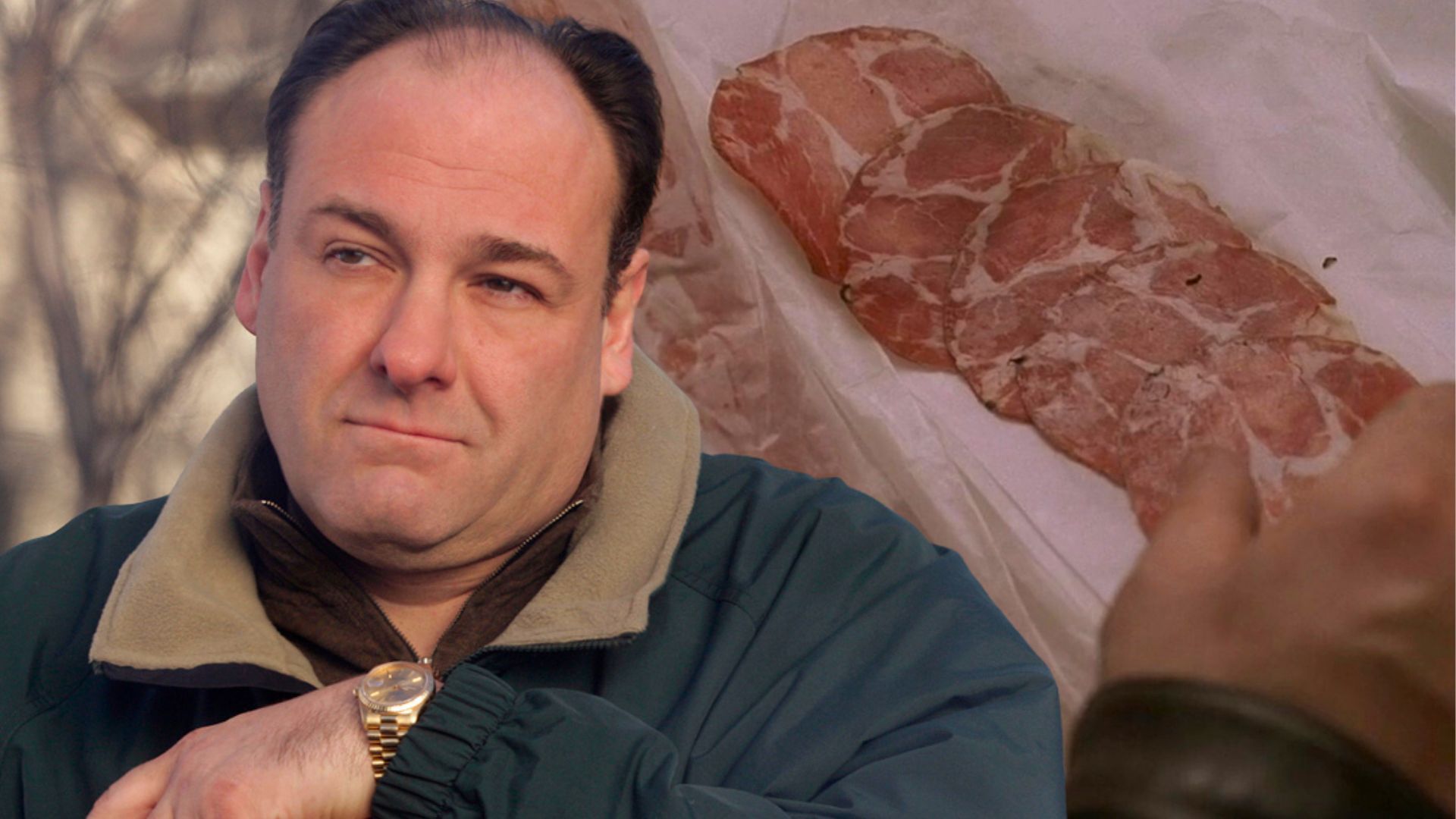The Sopranos is widely considered one of the best mob stories ever told, and rightly so. It’s a sprawling saga that uses the insular world of the Italian mafia as a lens to examine life in America at the turn of the 21st Century. The mafia has been an enduring fascination of many Americans for over a century, and gangster narratives have been a staple on movie and television screens practically since their inception. Not only is The Sopranos well aware of the legacy it’s a part of, it’s also in direct conversation with its fellow crime sagas.
From Silvio (Steven Van Zandt) cracking his fellow capos up with his Michael Corleone impression to wiseguys comparing their exploits to Goodfellas, The Sopranos is full of references to the mob stories that came before it. This helps situate the story in a recognizable reality, but also reveals how the characters are viewed by outsiders, as well as how they view themselves.
Cinematic Allusions in ‘The Sopranos’
It’s clear from the start that The Sopranos is in love with the movies. Any time a character is watching or discussing an old movie provides an opportunity to reflect on how it relates to the episode or the series as a whole. In his first therapy session, Tony Soprano (James Gandolfini) laments the eroding of American masculinity, wondering what happened to “strong, silent type” guys like Gary Cooper, a question he asks repeatedly throughout the series. For Tony and the other guys in his crew, movie characters offer an ideal to live up to, and a way to mourn a past that never really existed. Even for those living the mobster life, movies like Goodfellas and Scarface can’t help but inform their understanding of the world they’re in.
For those outside the mob, gangster narratives become a shorthand for the disconnect between how the public perceives the mafia lifestyle and what it’s actually like to live it. Outsiders make assumptions about Tony and his crew based on the mob stories they’re familiar with, allowing them to keep a respectable distance. In the season one episode “A Hit is a Hit,” Tony goes golfing with his neighbor Dr. Bruce Cusamano (Robert LuPone) and his rich buddies, who pepper Tony with questions about the authenticity of The Godfather and whether he knew John Gotti. Tony quickly realizes that the men are trying to “other” him, seeing him as more of a curiosity than a person. Tony may have means, but he’ll never really be “one of them.”
This comes up again when Tony tries to find a new therapist after his short-lived split with Dr. Melfi (Lorraine Bracco). In the Season 2 premiere “Guy Walks Into a Psychiatrist’s Office…”, Tony meets with a therapist who refuses to treat him on moral and ethical grounds, partially citing the 1999 comedy Analyze This, another story where a mobster sees a shrink, as justification. For those outside the mafia, Hollywood narratives are the only understanding of that lifestyle that they have, so that understanding is inevitably going to be unrealistic.

Related
‘The Sopranos’ Hits Way Differently in 2025, and Not for the Reasons You Think
I expected the misogyny and racism from the characters, but one aspect of watching ‘The Sopranos’ in 2025 hits very differently.
Gangster Movies’ Effect on Italian-Americans
The stigma around Italian-Americans, fueled in part by mafia stories, is a frequent source of frustration for many of The Sopranos’ characters, both those inside the mob and outside of it. Tony and his Uncle Junior (Dominic Chianese) complain that Italians aren’t given enough credit for their many contributions to Western culture, from art to cuisine, and were partially pushed into organized crime by being denied other opportunities for advancement. Meanwhile, Dr. Melfi, an Italian-American with a more respectable vocation, and her husband Richard (Richard Romanus) find themselves at odds over her continued treatment of Tony. While Dr. Melfi believes that she can help him change, Richard asserts that people like Tony contribute to the stereotype that all Italian-Americans are mobbed up.
Interestingly, this is something The Sopranos itself was accused of at times throughout its run. Several Italian-American advocacy groups accused the show of trafficking in harmful stereotypes, contributing to the same negative perception of their culture that the series was commenting on. Whether this is true or not is still up for debate, but it provides an extra metafictional layer to the series’ exploration of the cultural impact of these kinds of stories.

Related
I Just Realized There’s Actually a Deeper Meaning Behind All the Gabagool in ‘The Sopranos’
Gabagool isn’t just Tony Soprano’s favorite snack. It also has deep-rooted ties to his traumatic past and life as a gangster.
Creator David Chase and his fellow writers frequently use the structure of the series to interrogate their audience’s appetite for violence, choosing a more deliberate approach and keeping the mafia hits to a minimum. In the 2024 documentary Wise Guy: David Chase and the Sopranos, Chase touches on this disconnect between the audience and the series he was making, saying that many viewers wanted “less yackin’, more whackin’,” or in other words, something more like the mafia stories they were used to.
Chase and the writers very consciously tried to craft a story that would subvert the expectations built up by audiences conditioned by more salacious gangster narratives, one that was in constant tension with its own fanbase. This tension is one of the reasons that The Sopranos remains such a rich and compelling series, over 25 years since its premiere.

